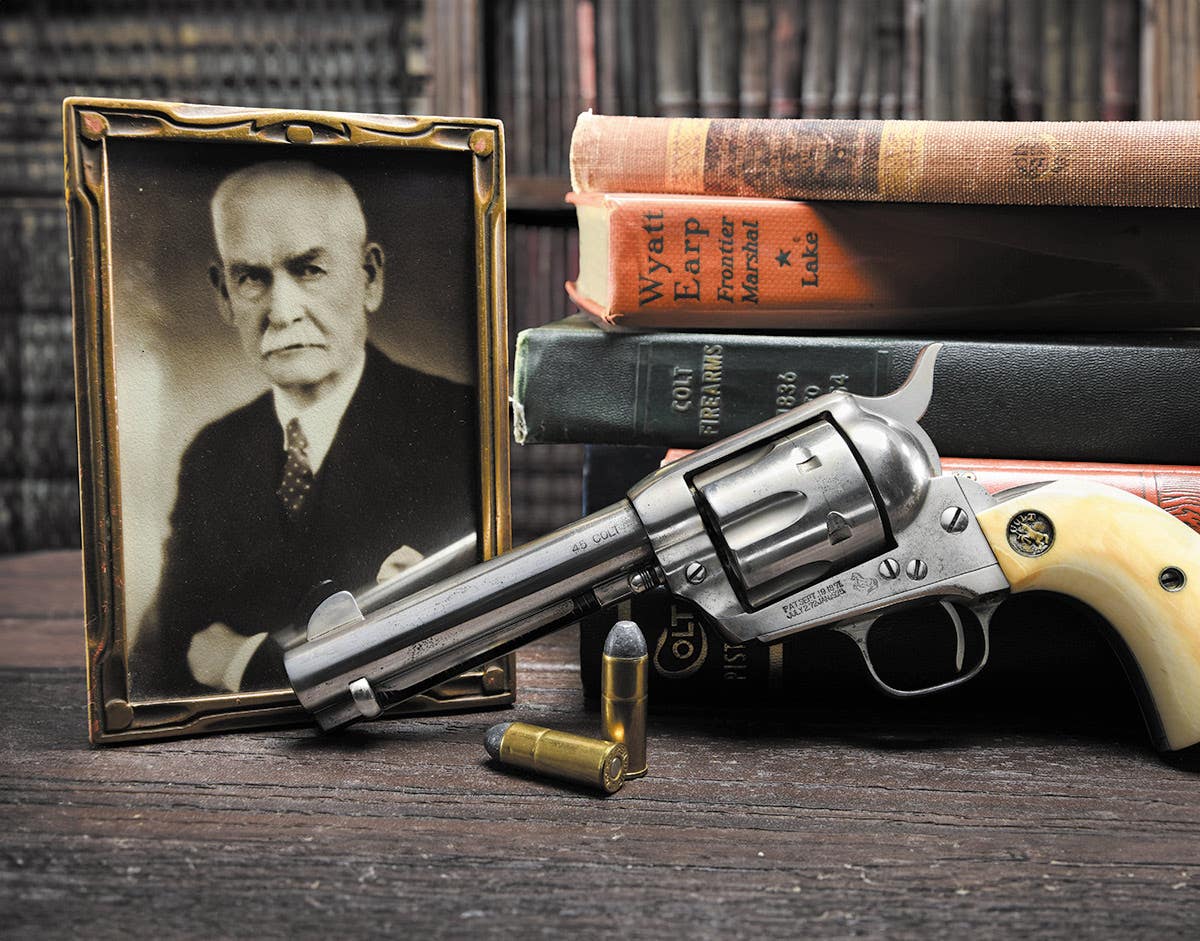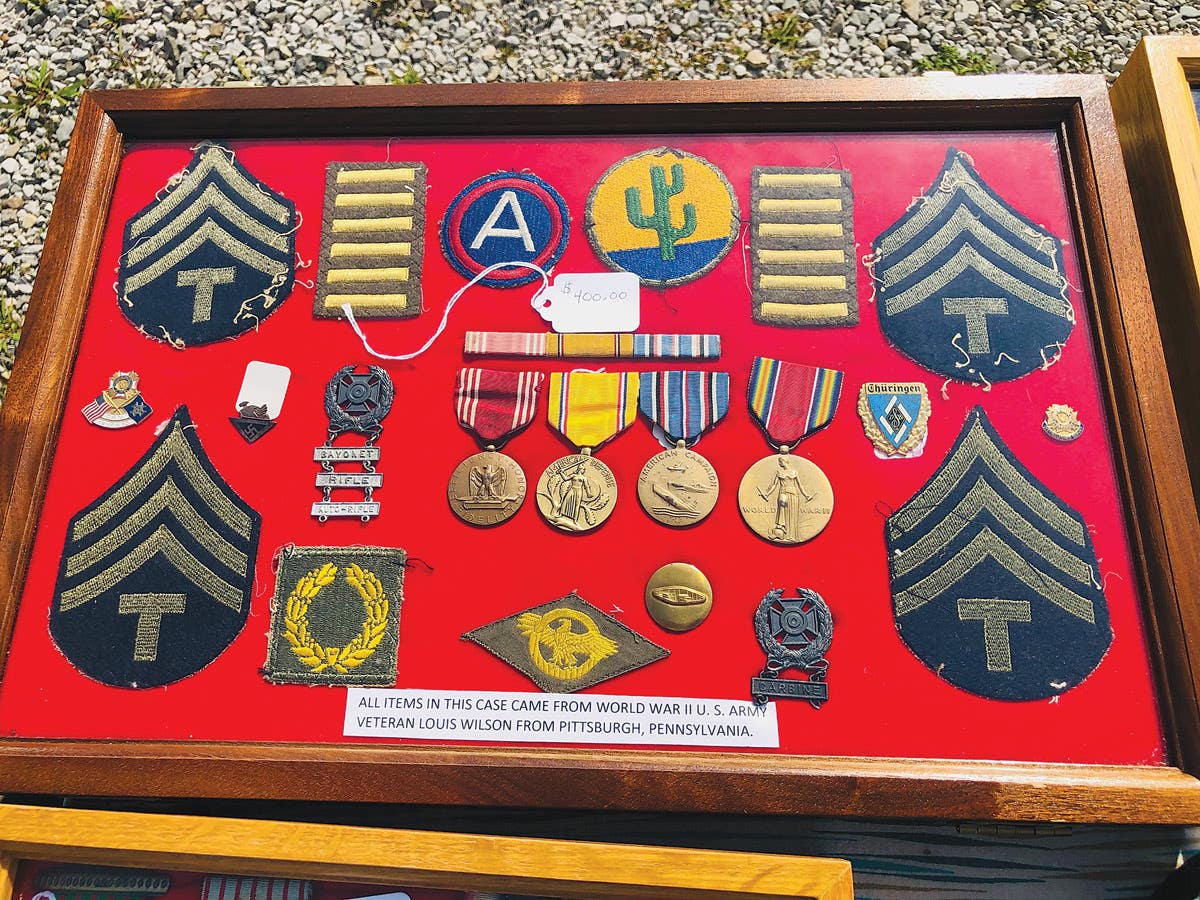Tyneham: a village that gave everything
When the need arose to train for WWII Tyneham pulled up stakes for the greater good.
The British Army has training grounds at various locations across Britain, such as Castlemartin in Wales and Salisbury Plain in Wiltshire, with some locations having been used by the military for more than 100 years. Another one of these training grounds is at Lulworth Cove in Dorset, lying only 60 miles from where I live. When these areas are not being used for live firing exercises, they are open for the public to walk across, providing they use the well-defined routes which are safe. After checking online when the area was next open for public access I decided to drive down to check out for myself a wartime story I had heard about connected to the site at Lulworth.
The training area of Lulworth Cove has been used by the military since 1917, but during WWII more space was needed so the extra troops could practise firing artillery and learn to operate tanks. It was decided to extend the ranges at Lulworth, but in order to do so the village of Tyneham, which lay in the vicinity of the training area, would have to be evacuated for the safety of its residents. In 1943, the population of the village was only 225, some of whom had relatives serving in the armed forces. In November that year, residents were given just 28 days notice to evacuate their homes.
The authorities neither knew nor had any responsibility where these people relocated, just that they were to leave the area. As the people packed their belongings and left their properties they believed it was only for the duration of the war and that, one day, they would return. One of the last residents to leave pinned a hand-written notice to the door of the village church St Mary’s which read: “Please treat the church and houses with care. We have given up our houses, where many of us have lived for generations, to help win the war to keep men free. We will return one day and thank you for treating the village kindly.’
The amount of land gained by requisitioning the village was small, but in vacating the area the military now had 7,000 acres of uninterrupted training ground which was perfect for live firing exercises. After the war the War Department never permitted the residents or their descendants to return, but today, eighty years after the people left, the village of Tyneham is open to the public to walk around the area and investigate what has become known as a ‘lost’ village.
It is shown on Ordnance Survey maps and even tourist maps and access by car is allowed. Even so, it is a bit remote and a look at the Website (www.tyneham.org.uk) gives full details of the route to the village. Incredibly, despite its isolation, it is a remarkably well visited location.
On arriving it is like stepping back in time and the result we see today has only been made possible after years of people writing to various Ministries and successive Governments. Their perseverance paid off and Tyneham remains a special place to visit where a whole community gave up everything for Britain’s war effort. The buildings do not exhibit any signs of damage caused by explosions and their deterioration is down to lack of maintenance over the years. Today the buildings are only shells, but to wander around them is to look back into the past. Some of the houses have been researched and these have information boards telling the history of the families that once lived in the dwellings.
The church, which is still consecrated, and the school are the only two complete buildings in the village and they house displays which compliments the information boards in the other properties. The school building has been laid out like a classroom of the wartime period, complete with teaching aids of the day. The church of St Mary’s also houses the remembrance plaque to the village’s war dead of the 1914-1918 War and on the altar is a book of remembrance, also.
Several routes have been created for visitors to follow to explore the site, such as the path leading to the old farm and dairy, where a collection of expended ammunition which has been gathered up from the surrounding range area can be seen like some outdoor museum exhibit.
The sacrifice made by the residents of Tyneham helped bring victory and when their descendants can feel justifiably proud they did more than their bit to help win the war. Visiting the village is a humbling experience and it is hard to imagine such a thing happening today.
*As an Amazon Associate, Military Trader / Military Vehicles earns from qualifying purchases.








